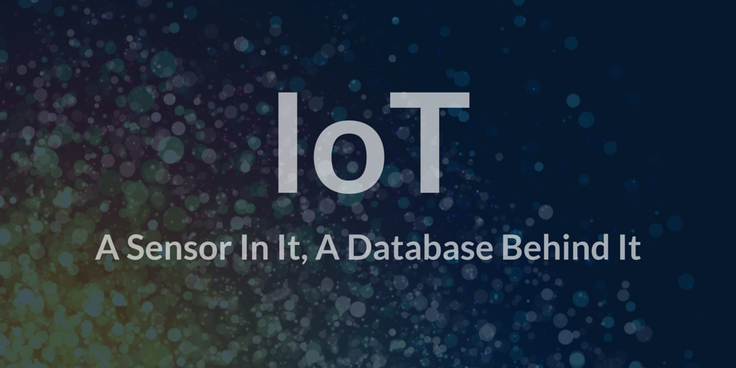
On opening day, Molly Wood at The New York Times recounted the official CES theme emerging as “Put a sensor in it.”
The unofficial theme seemed to be: Put a sensor in it.
Later that day Samsung declared its entire product portfolio will be connected within 5 years.
“In five years,” every single one of Samsung’s products will be a connected “Internet of Things” device, Samsung chief executive Boo-Keun Yoon said today during the opening keynote at the 2015 Consumer Electronics Show in Las Vegas.
The Consumer Electronics Show reigns as the tech industry’s annual device bonanza, and a large part of this year’s euphoria relates to connected devices that form the Internet of Things.
The theme and message remain clear. Sensors, and interconnected devices will stampede ahead.
Less frequently discussed is what happens behind those devices, and in particular, the expectations users have about their daily device interactions and demand for data.
Fulfilling Data for The Internet of Things
Both companies and users have a lot at stake.
Device and application providers aim to serve users with a rich engaging set of functionality. They also seek to instrument service delivery to monitor and react to different situations.
Users invest time and money in connected devices and applications to fill needs and desires. But along with that comes a set of expectations.
Examples include:
- Fitness device users want their information up to the last step
- Video watchers expect streams to be delivered efficiently
- Drivers expect hassle free connected services
Ultimately, all of the edge data drives demand and application requirements at the other end of the network, in the data center. Specifically, that infrastructure must include a database that can:
Support massive data ingest across millions of devices and connections
Database systems must keep up with the incoming flood of data to ensure no loss, and that every user or device has a complete picture of its history.
Serve as the system of record while simultaneously providing real-time analytics
In a real-time world, there is no luxury or pain of transferring data between systems, commonly referred to as Extract, Transform and Load (ETL). Systems of record for the Internet of Things need to mix transactions and analytics seamlessly and simultaneously.
Respond to and integrate well with familiar ecosystems
With sensor data touching everything from business intelligence to ad networks, connecting to multiple systems must be painless and simple.
Allow for online scaling and online operations
The world stops for no one, and successful services will be judged by their ability to grow and provide enterprise level service quality.
It will be fun to see the possibilities of devices, drones, automated equipment and the emerging services they will power as part of the Internet of Things. As that happens, mountains of data will need to be captured and applied quickly to provide the richest user experience.
We built SingleStore to give organizations behind the Internet of Things a head start. Every day, we work with development and operations teams to make sure they can ingest large amounts of sensor data with ease, make sound decisions in real-time, and manage complex, real-world data models with the familiarity of SQL. If that sounds like something that might help, give us a ring, or download SingleStore and try it for 30 days.




